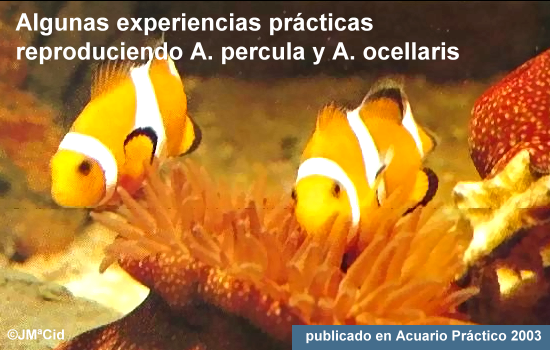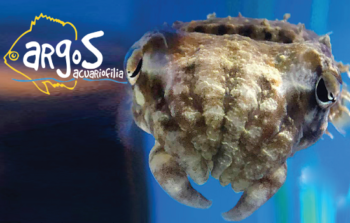Amphiprion Ocellaris y Actinia Equina
Autor: Jose Maria Cid RuizResumen
El autor, José María Cid Ruiz, analiza en este breve artículo, el papel que las anémonas juegan en esta relación, la cual, resulta ser bastante pasiva y con frecuencia se discute si calificarla de simbiosis o de simple comensalismo. El principal beneficio que la anémona obtiene, radica en que con la defensa del territorio circundante los peces del género Amphíprion alejan a aquellas especies que incluyen a estos actiniarios en su dieta (principalmente género Chaetodon). El «mecanismo de inmunización» que incluye un progresivo acercamiento por parte del pez a la anémona hospedante parece resultar muy eficaz en un amplio espectro de actiniarios. Personalmente he podido obtener buenos resultados con Amphiprion ocellaris y ejemplares mediterráneos de Actinia equina, previamente adaptados a las condiciones de temperatura y salinidad de un acuario marino tropical.
Abstract
The author, José María Cid Ruiz, analyzes in this short article, the role that anemones play in this relationship, which turns out to be quite passive and it is often discussed whether to describe it as symbiosis or simple commensalism. The main benefit that the anemone obtains is that with the defense of the surrounding territory the fish of the Amphíprion genus keep away those species that include these actiniaries in their diet (mainly the Chaetodon genus).
The «immunization mechanism» that includes a progressive approach by the fish to the host anemone seems to be very effective in a wide spectrum of actiniaries. Personally, I have been able to obtain good results with Amphirion ocellaris and Mediterranean specimens of Actinia equina, previously adapted to the temperature and salinity conditions of a tropical marine aquarium.




